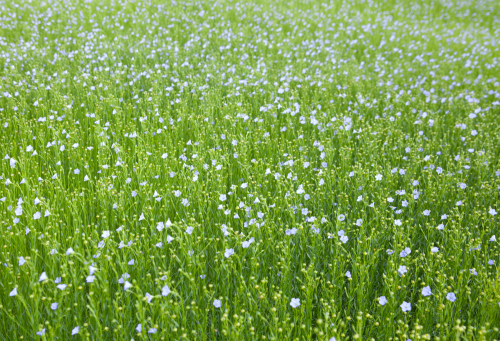
Abstract
| ... the use of flax fibres as reinforcement in composites has gained popularity. |
In recent years, the use of flax fibres as reinforcement in composites has gained popularity due to an increasing requirement for developing sustainable materials.
Flax fibres are cost-effective and offer specific mechanical properties comparable to those of glass fibres. Composites made of flax fibres with thermoplastic, thermoset, and biodegradable matrices have exhibited good mechanical properties.
This paper presents a summary of recent developments of flax fibre and its composites, and reviews:
- the fibre structure, mechanical properties, cost, and the effect of various parameters on tensile properties of flax fibre;
- the effect of fibre configuration, manufacturing processes, fibre volume, and fibre/matrix interface parameters on the mechanical properties of flax fibre reinforced composites; and
- studies of life cycle assessment and durability investigation of flax fibre reinforced composites.
Conclusion
Flax composites have the potential to be the next generation materials for structural application for infrastructure, automotive industry and consumer applications.
Future work on flax composites should be focused on understanding the environmental assessment, durability, further improving the mechanical properties and moisture resistance.
Authors
Libo Yana, Nawawi Chouwa, and Krishnan Jayaramanba, The University of Auckland, New Zealand.
Further information
This paper was published in Composites Part B: Engineering, Volume 56, January 2014, pages 296-317 and is available on ScienceDirect.com.




